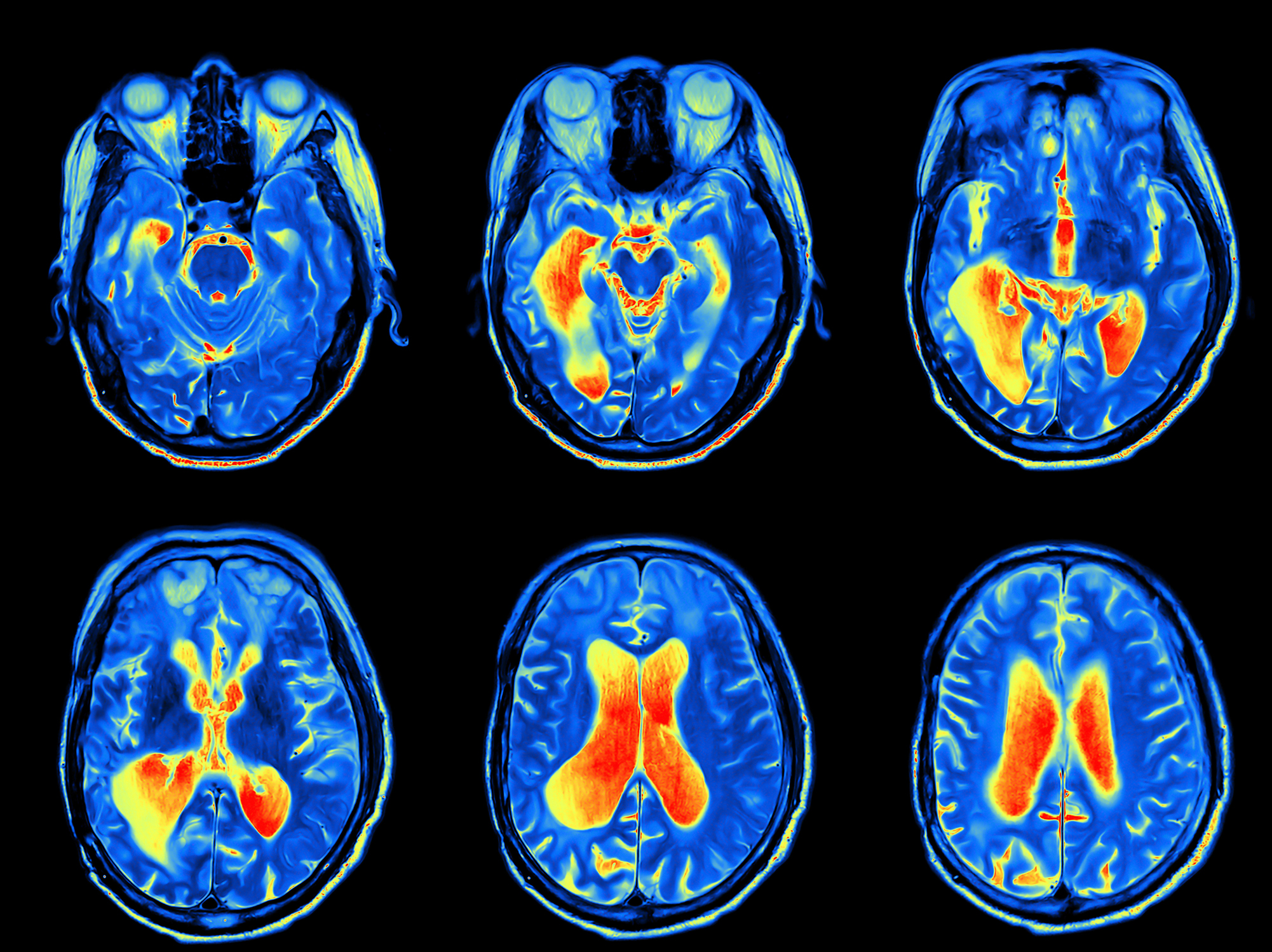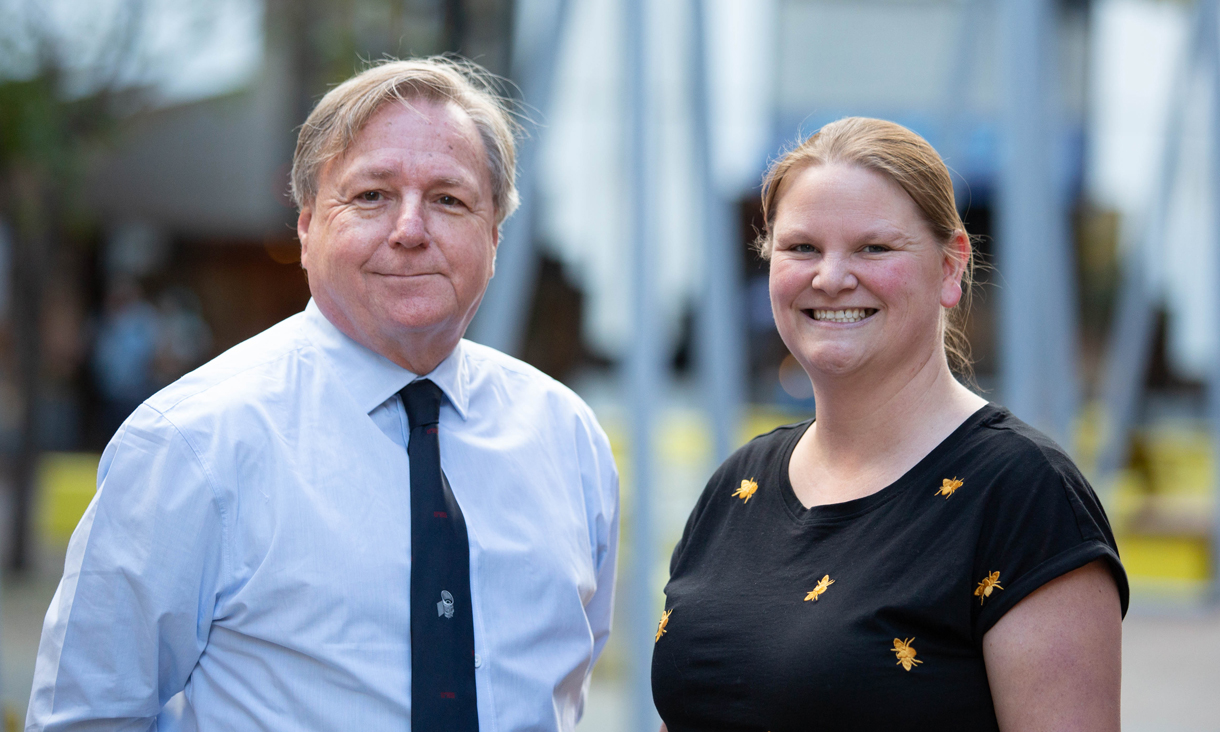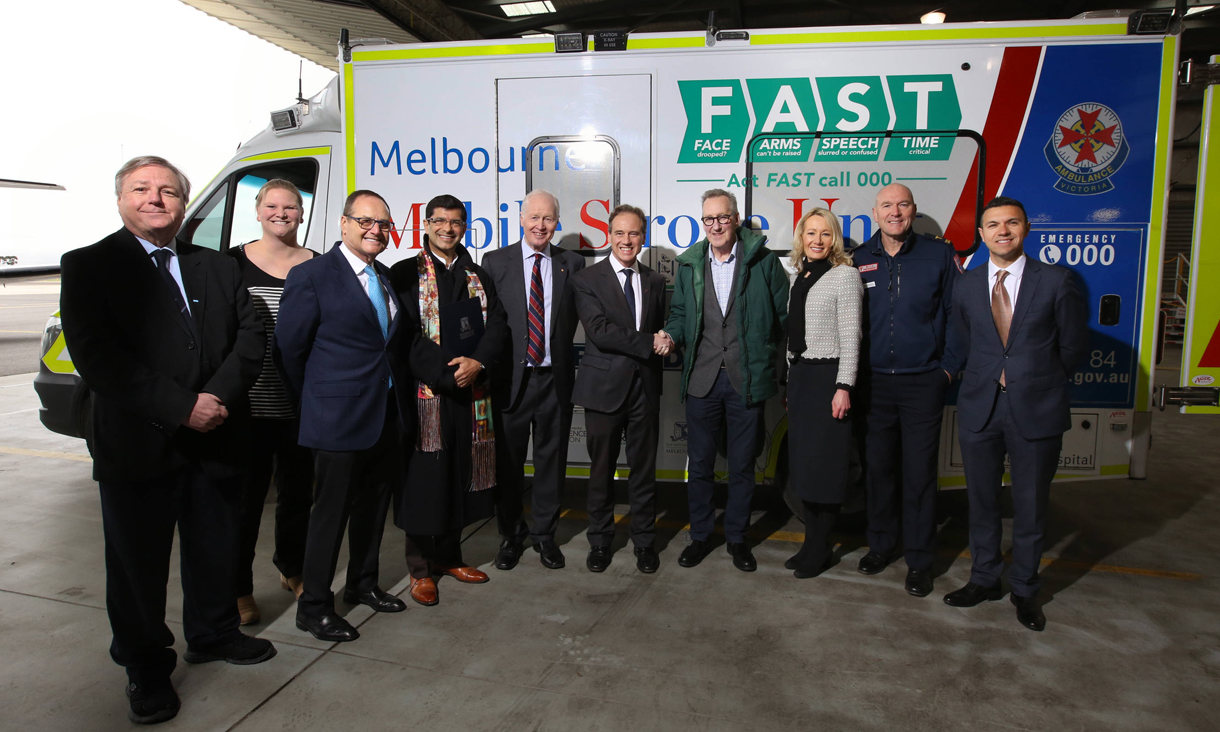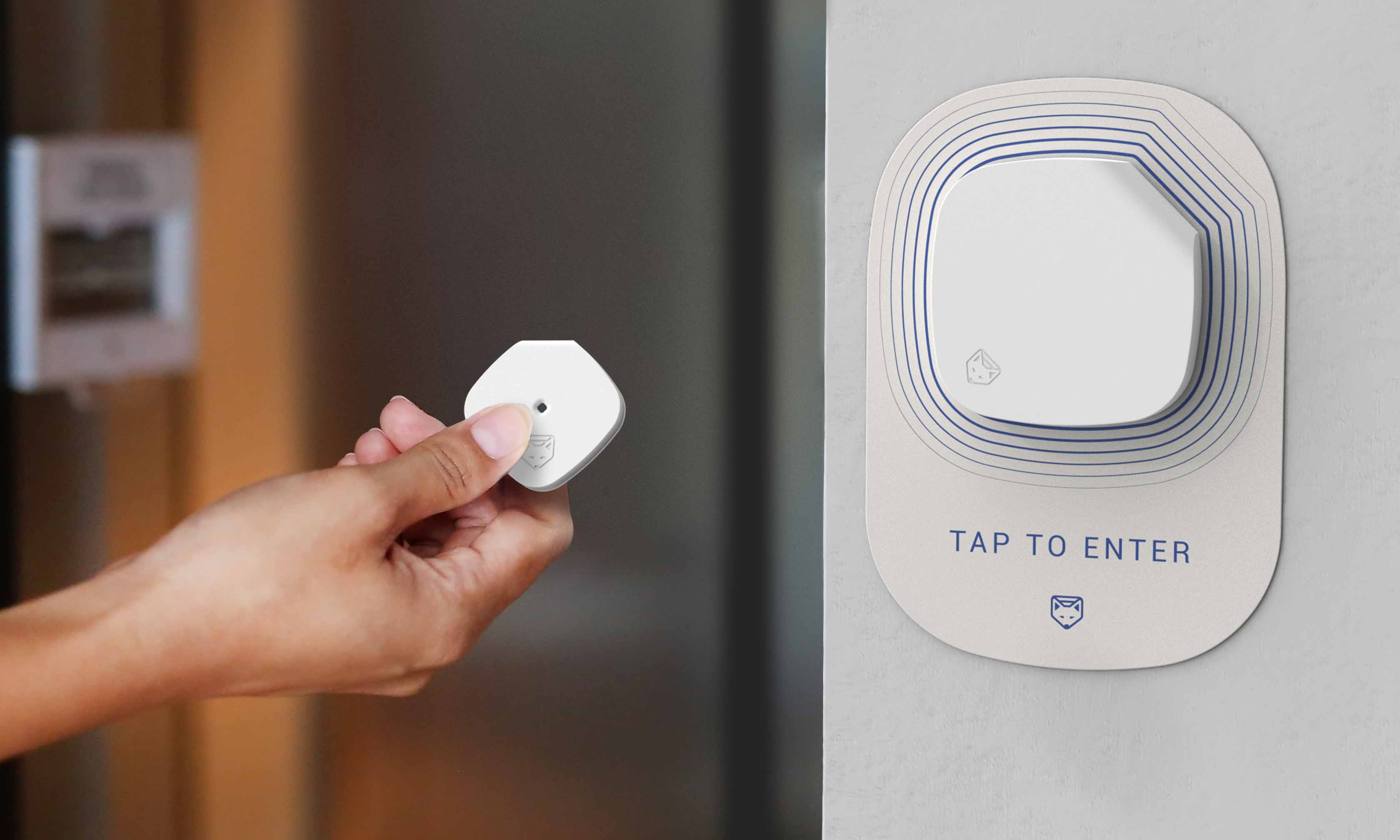Instant COVID sensor to prevent outbreaks and protect communities
An instant COVID-19 sensor made in Australia could help transform day-to-day management of the pandemic, protecting frontline workers and the wider community.
Aussies got drunk the most during 2020: survey
The Global Drug Survey 2021, released Thursday, also reveals changing drug and alcohol habits during the pandemic.
New courses on making cities healthier, more attractive and sustainable
A suite of new free online courses is set to equip urban professionals with the skills needed to tackle the unprecedented challenges facing cities across the world for the healthy liveable cities we need.
One-off cash payments to aged care workers not enough
Following the federal government’s announcement yesterday of a one-off payment to aged care workers, an RMIT expert explains why a bigger solution is needed.






